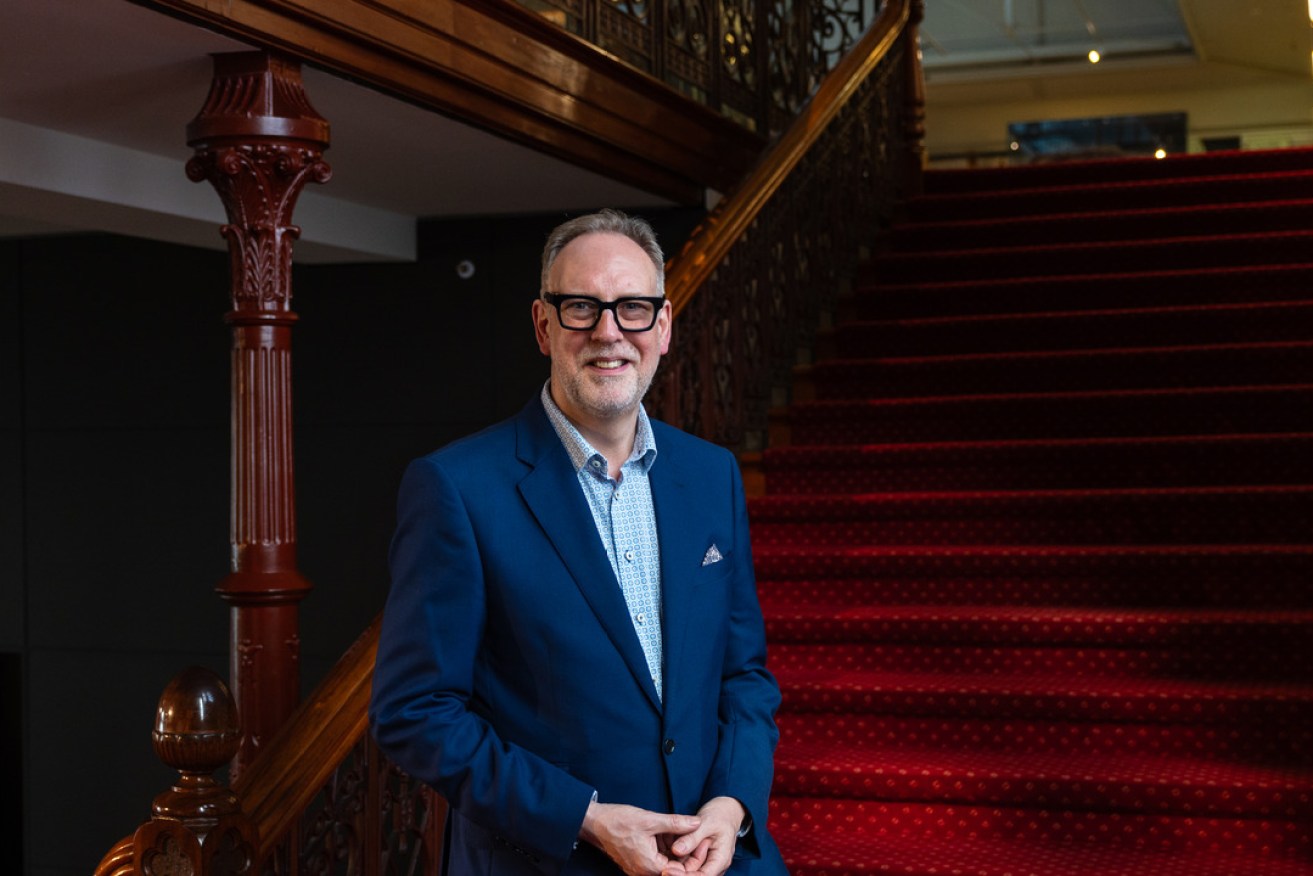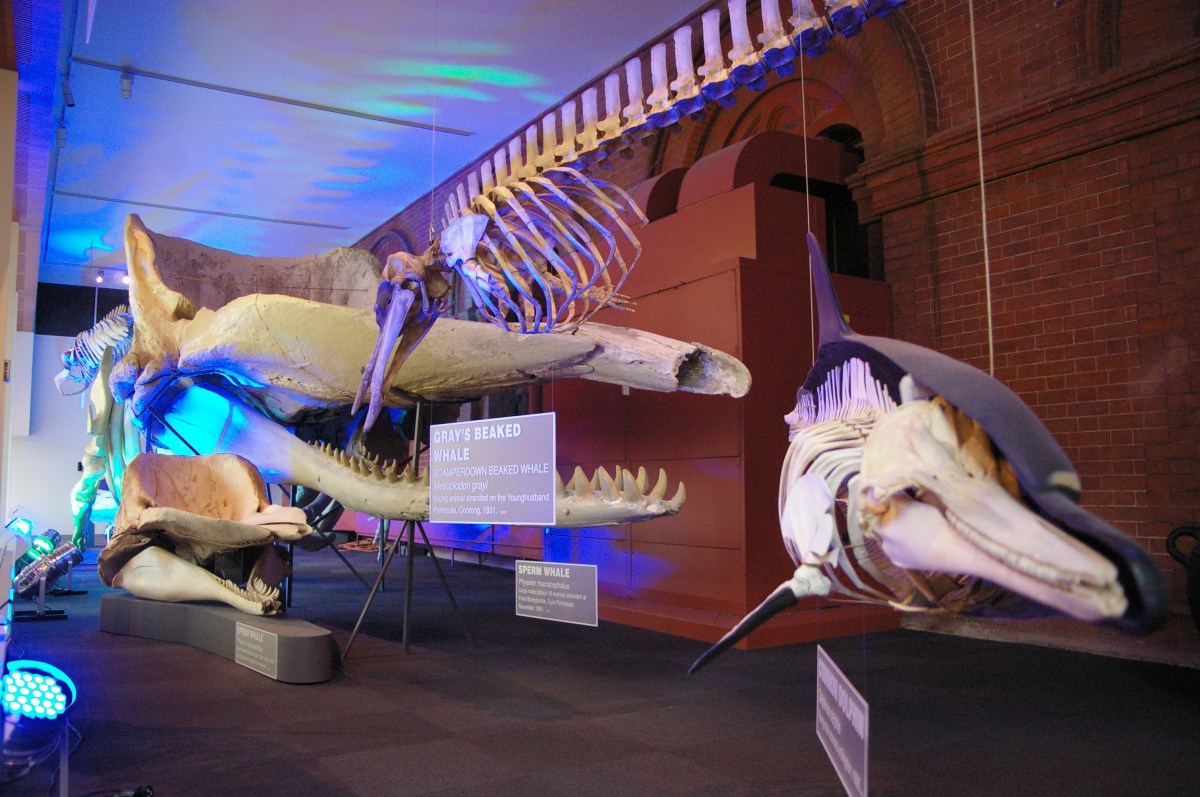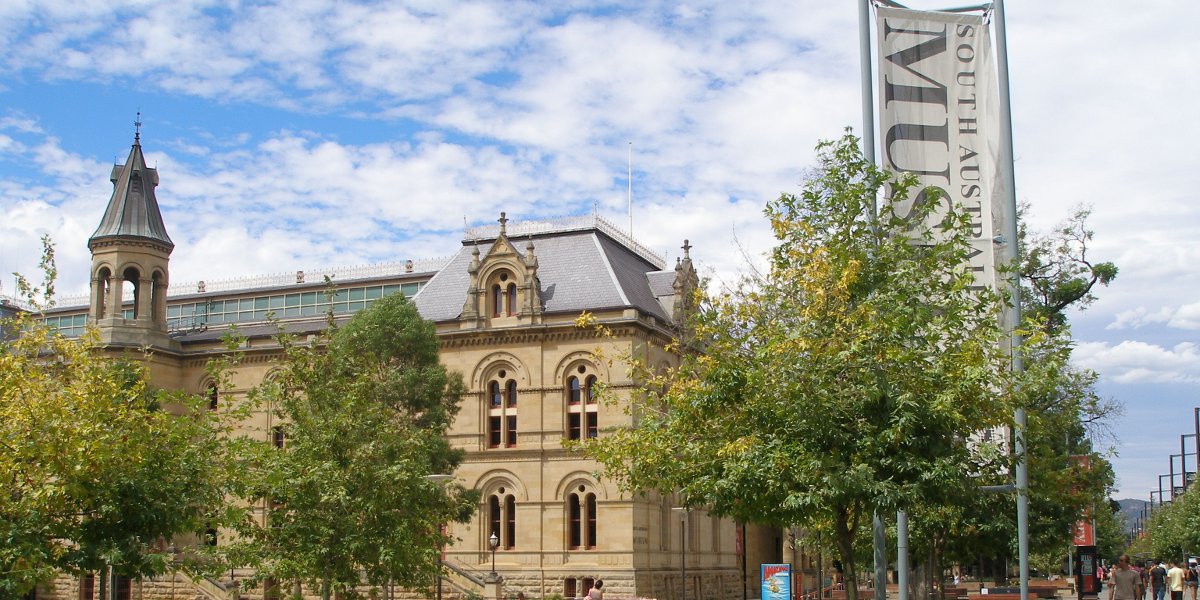A shake-up is planned for the South Australian Museum
South Australian Museum chief executive Dr David Gaimster tells InDaily about a major cultural loan from Europe being negotiated, as he looks to shake things up at the Adelaide institution.


Dr David Gaimster at the South Australian Museum. Photo: Sia Duff.
Gaimster said the South Australian Museum hopes to soon go public with the exhibition about “new discovery and new knowledge”, which will come to Adelaide within 12 months.
He said that rethinking the museum layout to create a larger temporary exhibition space was also on the agenda, as well as rotating permanent exhibitions to reimagine the 1856-founded site as a “dynamic contemporary museum, addressing not only the issues and questions of the past but the big challenges of the future”.
“I think we all recognise that the museum has reached the tipping point… Now is the time for action,” Gaimster said.
“We recognise that the museum is fairly static as a visitor experience. You could argue that some of its displays are anachronistic and certainly probably not very well equipped to engage modern audiences, particularly at a time of social and environmental change.
“[The new exhibition] will be a signal to South Australia that we will be on the international tour. Like Sydney, like Melbourne, like Canberra, we need to be offering South Australians the same opportunities for accessing international cultural content and connecting South Australians with the world.”
Gaimster was previously chief executive of Tāmaki Paenga Hira Auckland War Memorial Museum and he took up the role leading the South Australian Museum in June 2023.
With a background in archaeology, he has been chief executive of the Society of Antiquities of London and director of The Hunterian at the University of Glasgow, as well as holding senior roles at the British Museum.
As reported previously in InDaily, Gaimster led transformational change while at the Auckland War Memorial Museum, where he helped increase visitation numbers from about a 650,000 annual base to one million.
Gaimster said then that he hopes to increase South Australian Museum numbers by the same amount.
Among the changes they will consider include mobilising and rotating the permanent collections more frequently.
Gaimster said mobilising and rotating the permanent collections more frequently will allow the museum to be better equipped to tell the story of South Australia, by showing “its incredibly unique, important landscapes and its great human cultures history – First Nations cultural history as well”.
Other priorities include increasing the online presence of this “digitally dark museum” and exposing visitors to the academic research undertaken there, which is currently inaccessible to the public.
“Our real estate on North Terrace is relatively small… The future will be about creating better access – better content online on multiple platforms for our audiences, both locally and nationally and of course, also globally,” he said.
“This is this will be an absolute priority for us.”
Although Gaimster would not give any specifics of the potential changes to permanent exhibitions, he said the entire museum collection was under the spotlight.
That included historic displays such as the Egyptian room from 1939 – a time capsule of how museum displays once looked.
“The Egyptian room is quite a unique piece and we will give that due consideration in our reimagining,” he said.
“If we are going to keep it, we would have to consciously present it as a 1940s interpretation of the past rather than pretend that it is part of the modern museum.
“We really need to mobilise our collections to tell that story well and ensure that we are telling the stories of human cultures appropriately, sensitively and accurately.
“Museums were colonial foundations… and we need to be reflective on that history.
“We repatriate ancestors to country and we’re heavily involved in reconciliation and truth-telling work… there’s a huge opportunity for museums like ourselves to engage our audiences in the history of our place”

The Museum’s Sperm Whale display in the front foyer. Photo: Charlotte Rollinson courtesy of the South Australian Museum
InDaily spoke to museum visitors who agreed the museum needed to change, but also defended their favourite displays.
Tess said that her favourite part of the museum was the stuffed animals and she would be sad if they were removed.
“I think that museums should change,” she said.
“I like the animal exhibit – that’s like a special part of my childhood memory… I think it would be sad if that wasn’t there anymore, but I also get that they’ve got to change things around.”
First-time museum visitor Tian also agreed that the stuffed animals were “wonderful”.
“Parts of the museum, I think they can change sometimes, but some parts, they need to keep it,” he said.
First-time visitor James said that his favourite part of the museum so far was the Aboriginal artefacts.
“In terms of context, I don’t know if I’ve seen a broader collection of Aboriginal artefacts anywhere before,” he said.
Gaimster said modern museums need to enable society to understand the changing world and future challenges such as climate change.
“We have a very important position to play in a very, very fast-changing world,” he said.
“For many people, it’s very intimidating and disorientating, and we can provide a platform for people to interrogate the evidence and enable people to better engage in the public discourse.”

The South Australian Museum on North Terrace. Photo: Nat Rogers / InDaily




